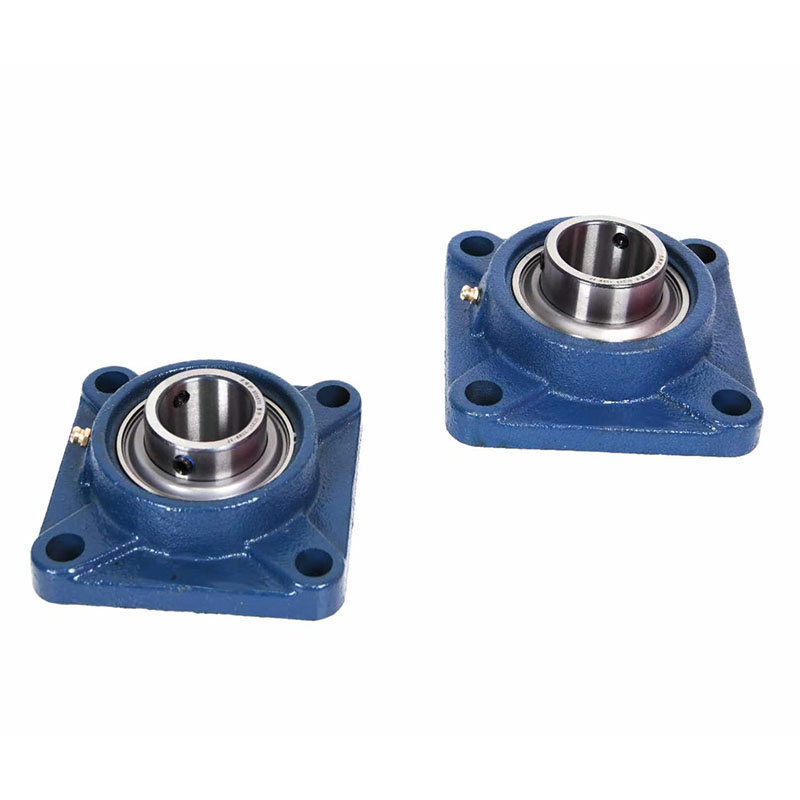Apr . 26, 2024 09:35 Back to list
How Long Can You Drive on a Bad Wheel Bearing
When you are in your car alone or with others, you must ensure your car is safe to drive. Wheel bearings are one of those parts of your car that helps its smooth functioning. Bad wheel bearings can affect the overall performance of your car. How long can you drive on a bad wheel bearing?
This article will help you get an insight into whether you can drive with a bad wheel bearing and how long you can drive.
Maintenance Free 88102 Eccentric Bearing For Agriculture Machinery
What you'll read about
How long can you drive on a bad wheel bearing?
Once you notice any sign indicating a bad wheel bearing, avoid exceeding 500 miles with that issue. A failing wheel bearing will increase your difficulty in driving. But with a high-quality wheel bearing, you can drive for another 1000 miles as per the estimate.
Always remember not to rely on this value, as changes can happen based on your driving style. Once you identify that there is a defect in your wheel bearing, get it replaced quickly.
Also read: Tired of the Clicking Noise When Driving? Know the Causes
How can you identify a faulty wheel bearing?
The different signs that help you to identify a defective wheel bearing are:
- Grinding or grating noise from your wheel or tire is the most common and easily recognizable symptom. Take note of whether the noise is getting louder when accelerating the vehicle.
- Low responsiveness when you steer your car often indicates some defect in your wheel bearing.
- When the car is not responding as per your command, it also often indicates a faulty wheel bearing.
- Extremely uneven wear tires also indicate false wheel bearings.
- A failing ABS sensor.
How can you drive a car with a defective wheel bearing?
If you are in the middle of a deserted place and come to notice that there is an issue with your wheel, then follow the guidelines given below:
- Drive your car slower, at about 50-60 kph, or a maximum of 40 miles per hour.
- Try not to take sharp turns while driving, as it can also create problems for your vehicle.
- Never shift the weight of the vehicle to any particular side.
- Avoid rash driving.
Is it safe for you to drive with a bad wheel bearing?
If you have no choice, you can drive with a bad steering wheel for a certain distance, even though it will be stressful. The wheel may complete a turnaround motion in the worst case which can cause several damage even to the vehicles around.
Also read: How Much Will It Cost to Fix a Car Heater Core?
What are the major causes of failure in wheel bearings?
There should be some reason for the wheel bearing failure, and some of these are mentioned below. Take a look at it to get a better idea about how to take better care of your vehicle’s wheel bearing.
Water damage
You should avoid driving your car through puddles as it is not good for the wheel bearing. To further ensure that water is kept out of the bearings, you should have them lubricated regularly with petroleum-based grease.
Poor driving conditions
When you drive over a pothole, you put extra stress on your vehicle’s bearings, which can cause them to wear out quickly. If you want your wheel bearings to last as long as possible, avoid driving on uneven surfaces.
Poor installation of wheel bearings
Improper installation of wheel bearings can also result in their failure. Ensure that the right bearings are fitted appropriately by taking your vehicle to a garage. Do not ignore any strange noises that you hear a few days after the installation.
Occurrence of accidents
Wheel bearing failure can also be caused due to accidents. Take your vehicle for evaluation even after a minor accident just to know the extent of the damage.
Unbalanced tires
When you take your vehicles for service, ensure that your tires are balanced. Unbalanced tires can exert uneven pressure on the wheel bearings.
Bottom line
A lot of attention isn’t usually given to the wheel bearing, but it plays a key role in the wheel assembly. You still need to take proper care of the bearings to prevent early failure, even if typical driving will inflict tear and wear. Remember that you should have them checked or altered as soon as you notice a problem.
While it is a fact that you can go over 1000 miles with broken wheel bearings, doing so poses a risk to yourself and other drivers if you experience any loss of control. Furthermore, broken bearings result in ineffective brakes, vibrations in the steering wheel at high speeds, and unbalanced wheels.
Get your vehicle insurance covered before taking it for a ride. To find the top insurance companies to choose from, Way.com provides competitive quotes from over 150 top insurance companies.
Latest news
-
The Science Behind Ceramic Bearings
NewsAug.08,2025
-
The Power of Deep Groove Bearings in Modern Industry
NewsAug.08,2025
-
The Evolution of Spherical Bearings
NewsAug.08,2025
-
Silicon Nitride Bearings in Aerospace
NewsAug.08,2025
-
Innovations in Spherical Plain Bearing Materials
NewsAug.08,2025
-
Advancements in Spherical Roller Bearing Design
NewsAug.08,2025
